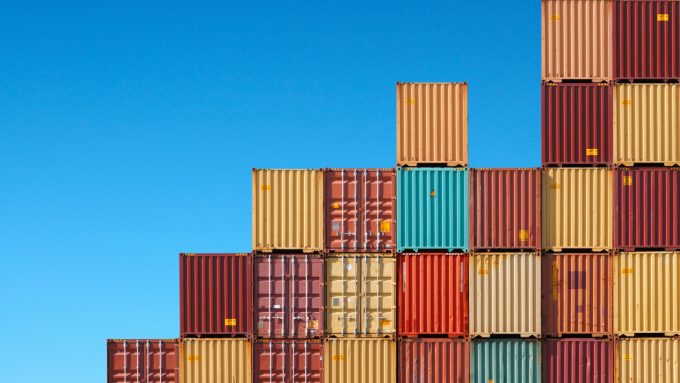Hutchison megadeal reveals dark side of container shipping
What money cannot buy

As we enter 2024, the freight industry is tackling escalating fuel costs, intensified security concerns and heightened industry competition. To meet these challenges, freight forwarders must embrace a strategic approach to generating new revenue streams that not only differentiate them from their competitors, but also ...

Comment on this article